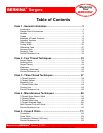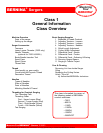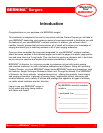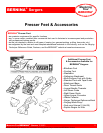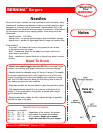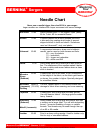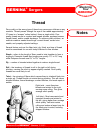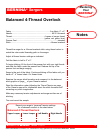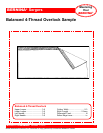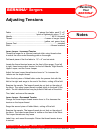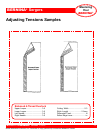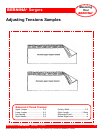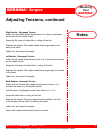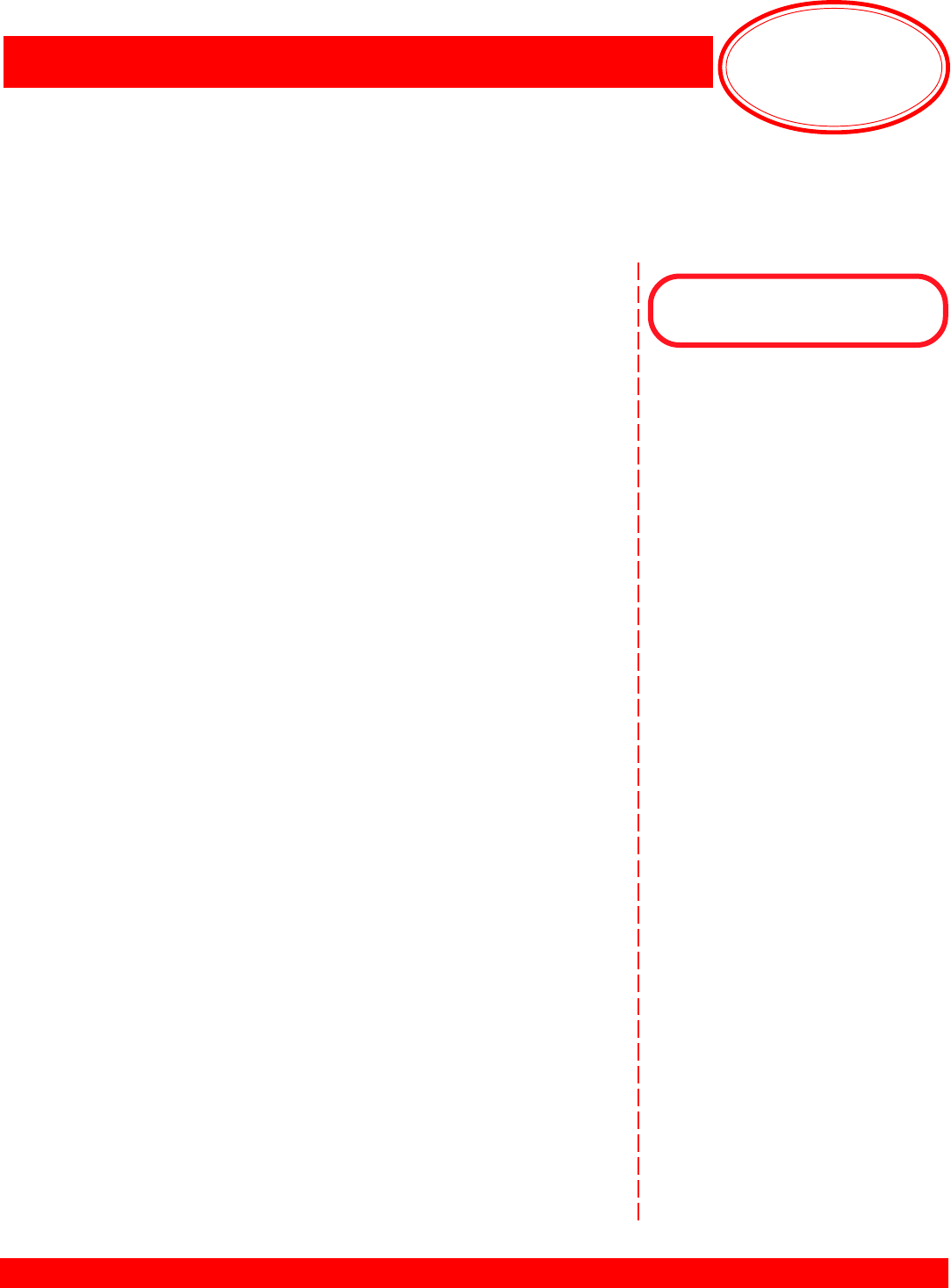
Mastering
Your
BERNINA
®
BERNINA
®
Sergers
MASTERING YOUR BERNINA
®
SERGERS 2/15/03 9
©2003 BERNINA® of America, Inc. Permission to copy granted only to Authorized BERNINA
®
Dealers
Wearable art embellishment has necessitated the creation and mar-
keting of many new thread types, such as rayons and metallics.
Threads made in West Germany are left twist threads; Mettler and
Isacord threads are also left twist. To test the twist of a thread: while
holding the spool in the left hand, roll the strand of thread towards
you with one thumb. Left twist will tighten, right twist will loosen.
Fiber – refers to the type of material used to produce the thread.
Some commonly used threads:
• Polyester Overlock Thread – such as Mettler Metrocor
Thinner than regular sewing thread, eliminating bulk in serger
stitch formations. An excellent all-purpose serger thread.
• Texturized Nylon Thread – such as YLI Woolly Nylon
and Mettler Metroflock. A very elastic thread with excellent
coverage; perfect for rolled edges and knit seams. Available
in solid and variegated colors, and metallics.
• Polyester Topstitching Thread – such as YLI Jeans Stitch
& Mettler Cordonnet – this heavy thread is used for decorative
stitching, such as flatlocked seams and overcast edges. Also
nice for cover and chain stitching. Available in solid and
variegated colors.
• Rayon Decorative Threads – such as YLI Pearl Crown Rayon
& YLI Designer 6 – shiny threads for decorative applications.
Pearl Crown Rayon is twisted, while Designer 6 is untwisted.
Available in solid and variegated colors.
• Metallic Decorative Threads – such as YLI Candlelight –
adds a bit of glitz to seams and edgings.
• Decorative Sewing Threads – sewing machine threads can
also be used in the serger, and are particularly effective when
several are used together as one thread.
Storage of Thread
Thread does wear out and should be stored with care to keep it
usable as long as possible. Extreme moisture may cause thread to
swell while very dry conditions can leave it dry and brittle as it ages.
Store thread in a covered container (thread box with a lid, cabinet with
doors, or drawers that close) if possible to keep it dust-free.
Be wary of old spools of thread recovered from Grandma’s sewing
box. The fibers may be so weak and brittle that even if it sews into a
seam, it may be so unstable that the garment or project will not hold
together and the life of the project may be considerably shortened.
Thread
Notes




